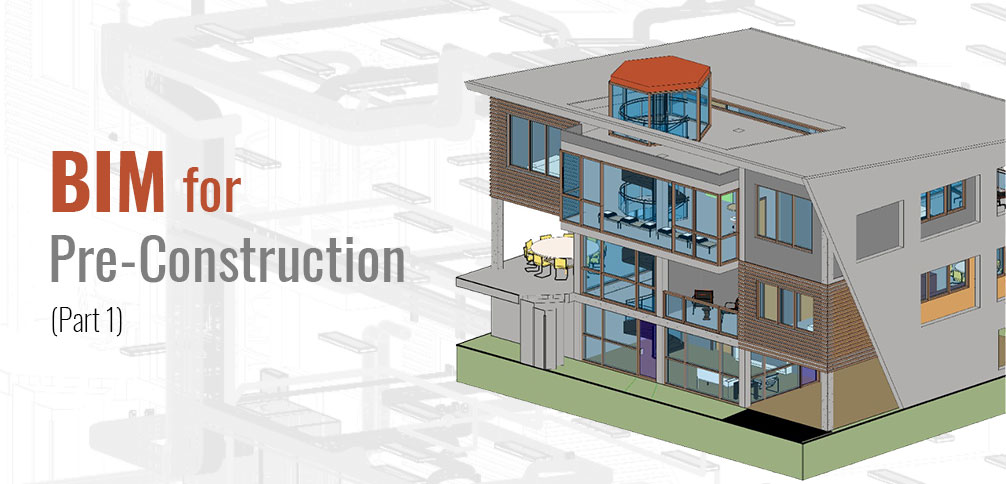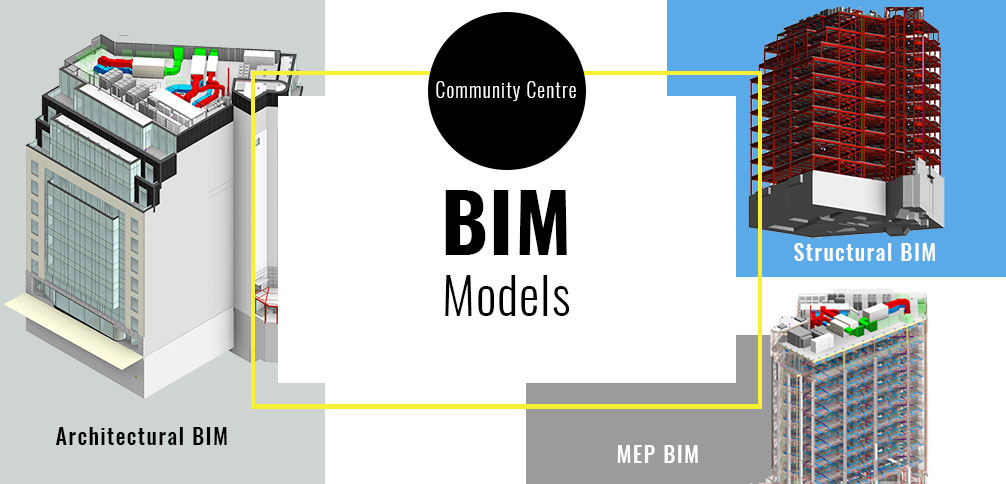BIM for Pre-Construction (Part I)

Building Information Modeling has been in the news for the past few years for the benefits it offers to the various players in the AEC industry. It is a fascinating technological advancement that the construction industry has witnessed in the last couple of years. BIM Drafting Services has been widely used by companies to make reliable decisions about a building at all stages, i.e. from planning to construction to demolition to renovation. It allows the architects and engineers to create the building digitally before commencing the construction process on the field. Virtual Design and Construction helps professionals to detect discrepancies during the conceptual/developmental stages. It also helps to identify the exact location of the issue and resolve it so that the final design developed is free of clashes.
That’s not all. 2D drawings such as Architectural Construction Drawing Services and MEP Shop Drawings can be extracted from the BIM model that is developed. This eliminates the need for duplicate efforts in changing the 2D drawings because of any change in the design. Let us consider a typical project wherein BIM Modeling Services were used in the pre-construction phase. The project was to develop a commercial building and community centre with ten floors plus a mezzanine floor and a basement.
The scope of work included:
- Architectural BIM Modeling
- Structural BIM Modeling
- MEP BIM Modeling
- Clash Detection and BIM Coordination
- Architectural Construction Drawings
- MEP Shop Drawings
The project was divided into 3 phases:
- The first phase included the development of Architectural, Structural, and MEP BIM models from design drawings
- In the second phase, clash detection was performed, and the interferences were eliminated between the Architectural, Structural and MEP models to create a coordinated BIM model.
- In the third phase, Architectural Construction Drawings and MEP Shop drawings were extracted from the coordinated BIM model.
The first phase of the project was to create BIM models for all the disciplines. The architectural BIM model was created based on architectural design inputs. A structural BIM model was then created with the structural design drawings. The architectural and structural floor plans were copied to the MEP plan, which served as the base on which the MEP model is developed using the design drawings. The routing for MEP is selected in a manner that has the least probability of clashes with the architectural or structural elements of the building.

Revit was used to create the BIM model for this project. There is an exciting feature called “Worksharing” that allows multiple team members to work on the same model by creating a central model. Each user works on their local files, and this information is then synced to a central model that is placed on the network. The project delivery time is shortened considerably using this method, and the resultant model is relatively easy to manage as the file size is smaller when compared to a single model.
The completion of the creation of BIM models marked the end of the first phase of the project. We will discuss the second and the third phase of the project in the next and concluding part of this article.

